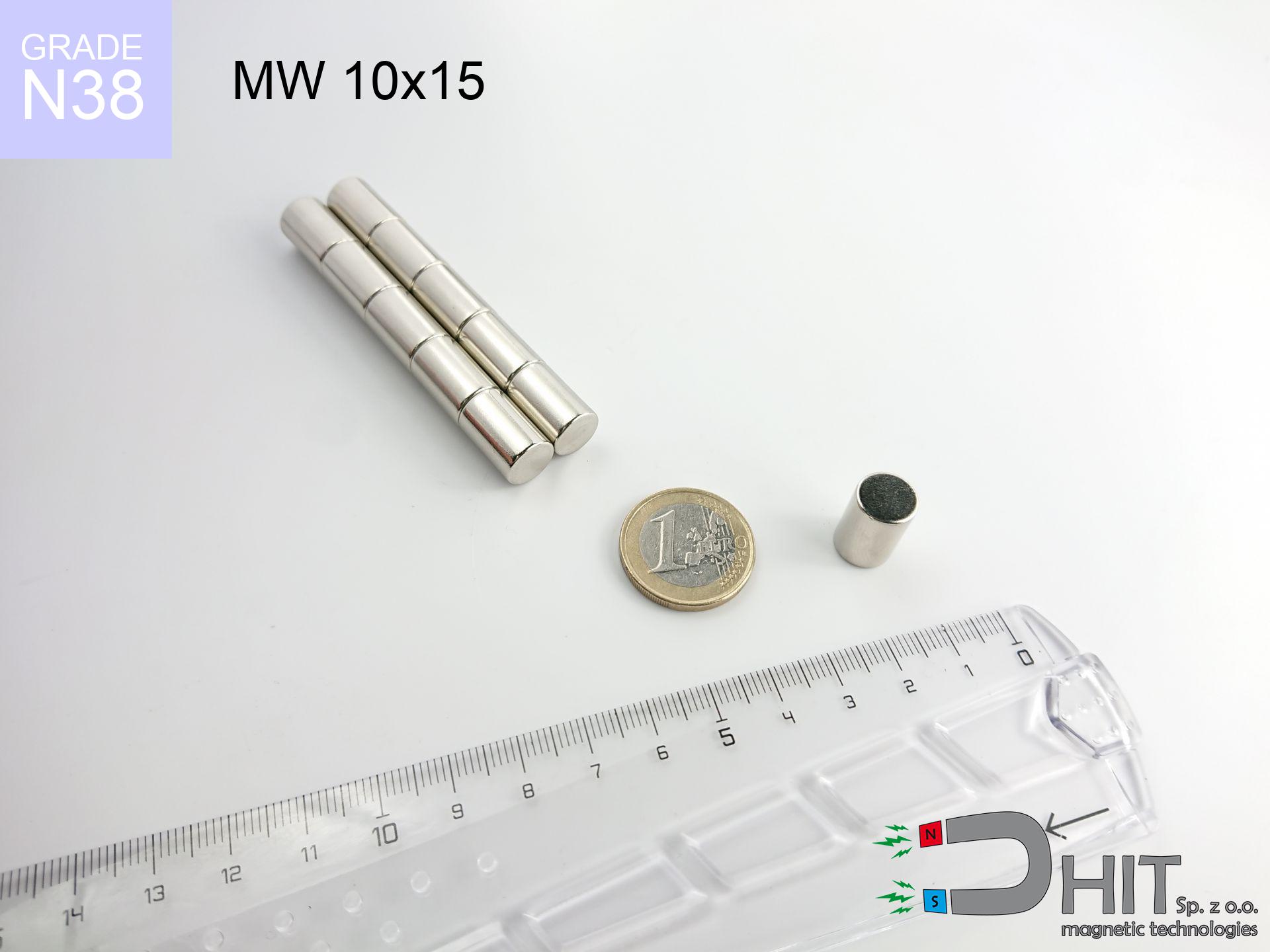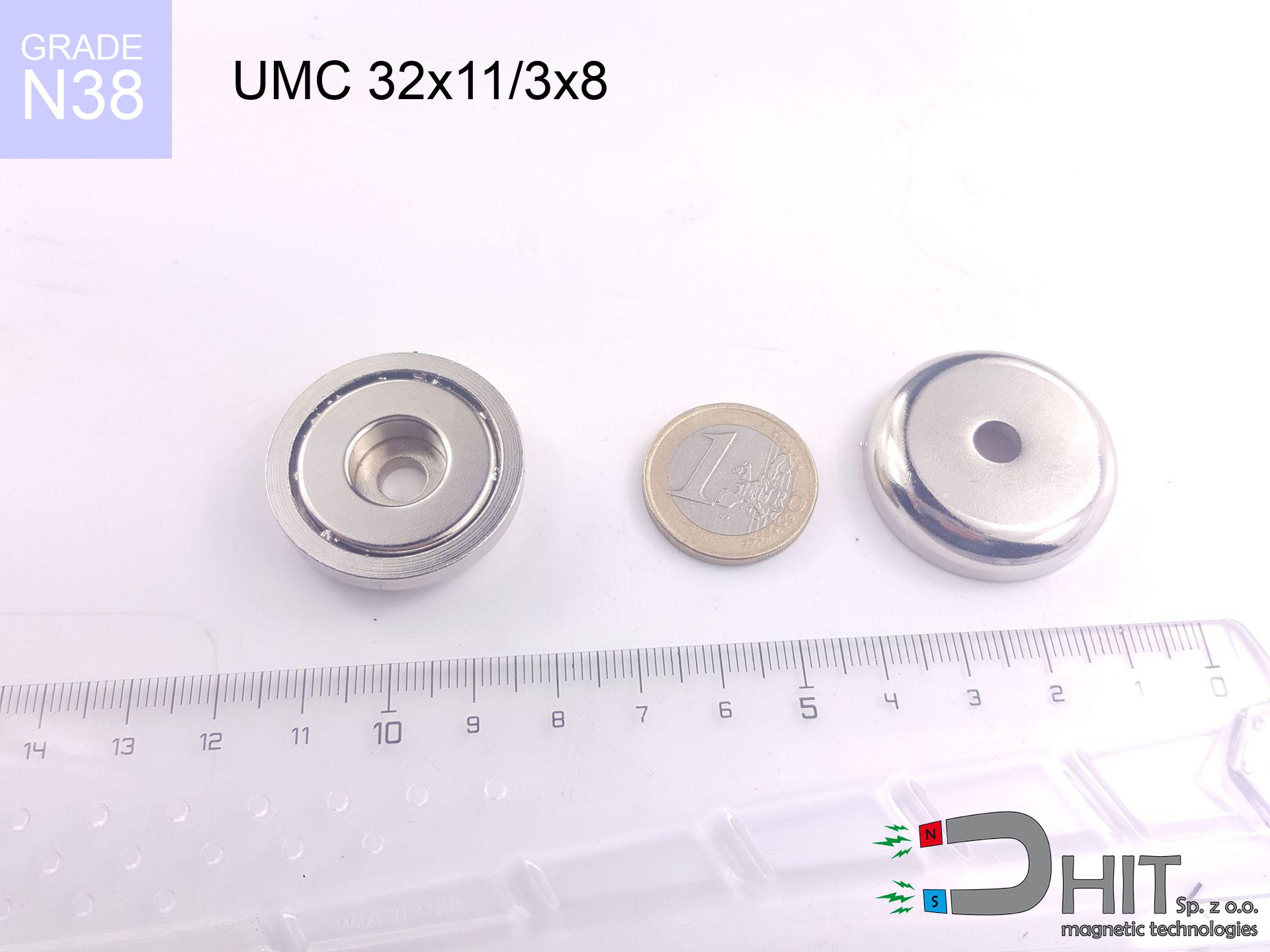BM 950x180x70 [4x M8]
magnetic beam
catalog number 090225
GTIN: 5906301812609
length
950
mm [±0,1 mm]
width
180
mm [±0,1 mm]
height
70
mm [±0,1 mm]
catalog number 090225
GTIN: 5906301812609
length
950 mm [±0,1 mm]
width
180 mm [±0,1 mm]
height
70 mm [±0,1 mm]
8564.49 ZŁ gross price (including VAT) / pcs +
6963.00 ZŁ net price + 23% VAT / pcs
bulk discounts:
need more quantity?Want a better price?
Give us a call tel: +48 888 99 98 98 or contact us via contact form on our website. You can check the mass as well as the appearance of neodymium magnet in our magnetic calculator magnetic mass calculator
Orders placed by 2:00 PM will be shipped on the same business day.
Specification: magnetic beam 950x180x70 [4x M8]
List recommended items
Advantages and disadvantages of neodymium magnets NdFeB.
In addition to immense strength, neodymium magnets have the following advantages:
- They do not lose strength over time - after approximately 10 years, their power decreases by only ~1% (theoretically),
- They protect against demagnetization caused by external magnetic sources very well,
- By applying a shiny coating of nickel, gold, or silver, the element gains an aesthetic appearance,
- They have very high magnetic induction on the surface of the magnet,
- Magnetic neodymium magnets are characterized by hugely high magnetic induction on the surface of the magnet and can operate (depending on the shape) even at temperatures of 230°C or higher...
- Thanks to the flexibility in shaping or the ability to adapt to specific requirements – neodymium magnets can be produced in many variants of shapes and sizes, which enhances their versatility in applications.
- Wide application in the industry of new technologies – are utilized in HDD drives, electric motors, medical equipment and other highly developed apparatuses.
Disadvantages of neodymium magnets:
- They can break when subjected to a strong impact. If the magnets are exposed to impacts, we recommend using magnets in a steel housing. The steel housing in the form of a holder protects the magnet from impacts and at the same time increases its overall strength,
- High temperatures can reduce the strength of neodymium magnets. Typically, after heating above 80°C, most of them experience a permanent loss in strength (although it is dependent on the shape and size). To prevent this, we offer special magnets marked with the symbol [AH], which are highly resistant to high temperatures. They can operate even at temperatures up to 230°C, making them an ideal solution for applications requiring high-temperature operation,
- Due to their susceptibility to corrosion in a humid environment, we suggest using waterproof magnets made of rubber, plastic, or other moisture-resistant materials when using them outdoors,
- Limited ability to create threads or complex shapes in the magnet - the use of a housing is recommended - magnetic holder
- Potential hazard associated with microscopic parts of magnets are risky, if swallowed, which becomes significant in the aspect of protecting young children. Additionally, small elements of these devices can complicate diagnosis after entering the body.
Exercise Caution with Neodymium Magnets
Dust and powder from neodymium magnets are flammable.
Do not attempt to drill into neodymium magnets. Mechanical processing is also not recommended. Once crushed into fine powder or dust, this material becomes highly flammable.
It is essential to maintain neodymium magnets away from children.
Not all neodymium magnets are toys, so do not let children play with them. In such a situation, surgery is necessary to remove them. In the worst case scenario, it can result in death.
Neodymium magnets are over 10 times more powerful than ferrite magnets (the ones in speakers), and their strength can shock you.
To use magnets properly, it is best to familiarize yourself with our information beforehand. This will help you avoid significant harm to your body and the magnets themselves.
Keep neodymium magnets as far away as possible from GPS and smartphones.
Magnetic fields interfere with compasses and magnetometers used in navigation for air and sea transport, as well as internal compasses of smartphones and GPS devices.
Neodymium magnets are highly susceptible to damage, resulting in their cracking.
Neodymium magnets are characterized by significant fragility. Neodymium magnets are made of metal and coated with a shiny nickel surface, but they are not as hard as steel. In the event of a collision between two magnets, there may be a scattering of fragments in different directions. Protecting your eyes is crucial in such a situation.
You should keep neodymium magnets at a safe distance from the wallet, computer, and TV.
Neodymium magnets generate intense magnetic fields that can destroy magnetic media such as floppy disks, video tapes, HDDs, credit cards, magnetic ID cards, cassette tapes, etc. devices. They can also damage devices like video players, televisions, CRT computer monitors. Remember not to place neodymium magnets close to these electronic devices.
The magnet coating is made of nickel, so be cautious if you have an allergy.
Studies show a small percentage of people have allergies to certain metals, including nickel. An allergic reaction often manifests as skin redness and rash. If you have a nickel allergy, try wearing gloves or avoid direct contact with nickel-plated neodymium magnets.
Neodymium magnets are not recommended for people with pacemakers.
Neodymium magnets generate strong magnetic fields. As a result, they interfere with the operation of a pacemaker. This happens because such devices have a function to deactivate them in a magnetic field.
Magnets will attract to each other, so remember not to allow them to pinch together without control or place your fingers in their path.
In the situation of holding a finger in the path of a neodymium magnet, in such a case, a cut or even a fracture may occur.
Neodymium magnets can become demagnetized at high temperatures.
While Neodymium magnets can lose their magnetic properties at high temperatures, it's important to note that the extent of this effect can vary based on factors such as the magnet's material, shape, and intended application.
So you are aware of why neodymium magnets are so dangerous, read the article titled How very dangerous are very strong neodymium magnets?.

![BM 950x180x70 [4x M8] BM 950x180x70 [4x M8]](https://cdn3.dhit.pl/graphics/products/bm-950x180x70-4x-m8-ves.jpg)


![search holder 135x40 [M10+M12] GW F 600 kg / N38 search holder 135x40 [M10+M12] GW F 600 kg / N38](https://cdn3.dhit.pl/graphics/products/ump135x40-m10+m12-gw-f-600-kg-luz.jpg)


